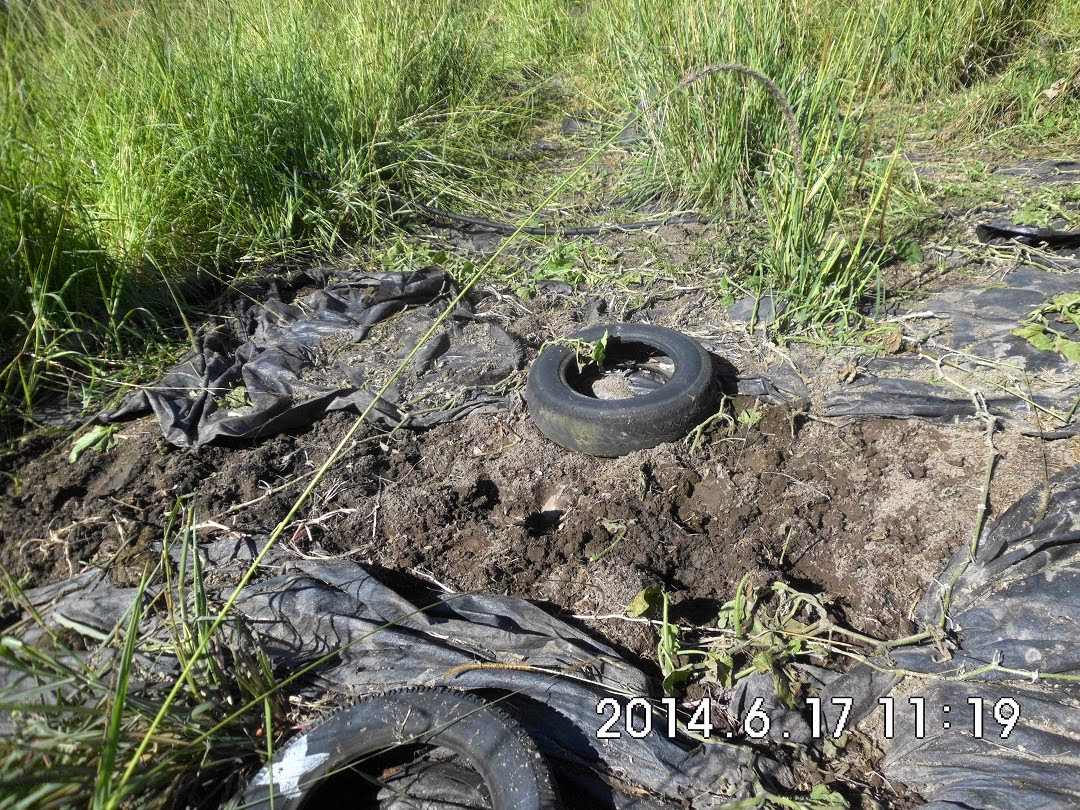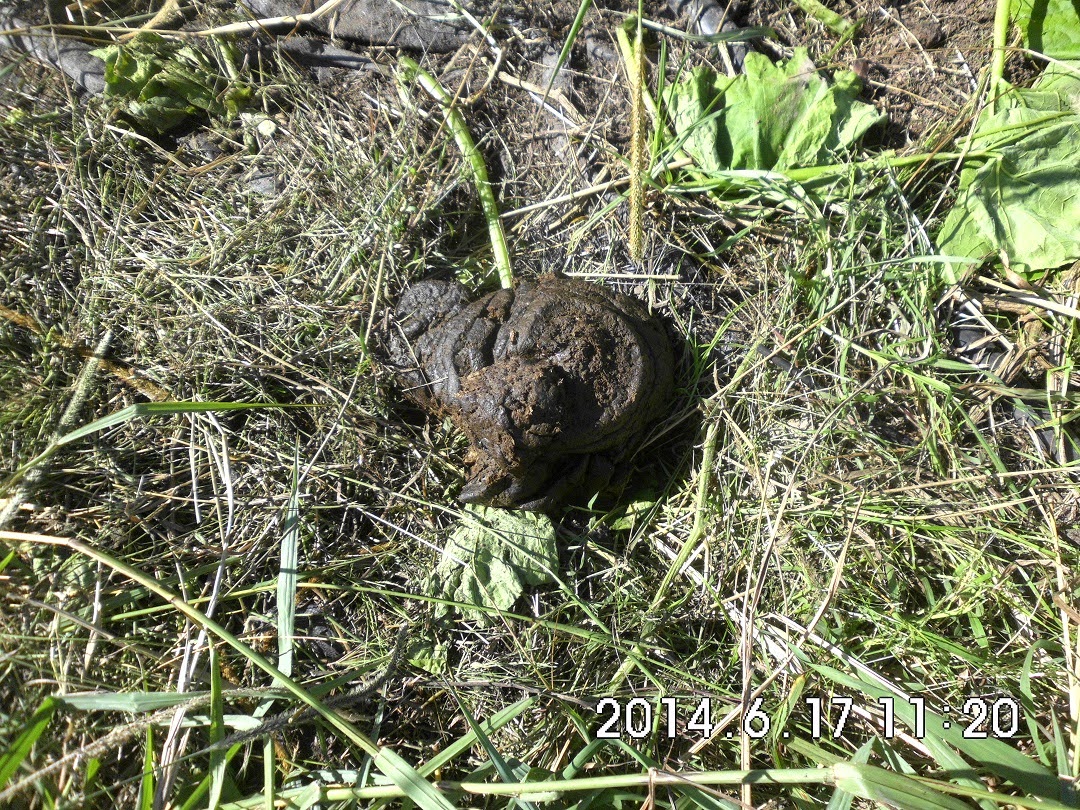Like most people we have lots of cook books, myriads of recipe cuttings from magazines and the usual handwritten scraps of paper.
One wet day all the loose recipes went from a box into plastic envelopes and into a binder. This made finding a recipe index a little easier. Jean has an incredible memory for recipes. She can remember that so and so gave her a recipe for making Hunza Pie or there was a cutting from Women's Weekly on Malay Fish Curry.
The only short coming is where in the three large binders of recipes is the one that is required. When the binders were setup each page was numbered in indelible ink with the expectation that one day an index would be created. That just never happened.
But one day there was this brilliant idea. Some recipes just get used much more than others. A new folder was started called "Most Used Recipes". A simple process was implemented i.e. any recipes that were in regular use made their way into the new folder.
The next problem to solve was cook books and tracking recipes. A simple solution is of course to insert a book mark. This works well until the book marks equal the number of pages in the book.
Sometimes standing in the kitchen with a set number of ingredients and all you need is a guiding recipe to put these ingredients together in a tasty ensemble. Wading through the cookbooks for a couple of hours is one solution. Another was to build a spread sheet of interesting recipes. Showing the Book Title, Recipe Name, Page Number and a column for each of up to five major ingredients.
| Book | Recipe | Page | Ingredient 1 | Ingredient 2 | Ingredient 3 | Ingredient 4 | Ingredient 5 |
| The Rice Book | Carrot Rice | 115 | Rice | Carrots |
|
|
|
| The Rice Book | Rice with chickpeas | 114 | Rice | Chickpeas |
|
|
|
| The Rice Book | Savoury Rice with Herbs | 123 | Rice | Mackeral |
|
|
|
| The Rice Book | Fried Rice | 126 | Rice | Mushrooms | Carrots |
|
|
| The Rice Book | Jamaican Rice and Peas | 116 | Rice | Red Kidney Beans |
|
|
|
| The Rice Book | Mexican Rice and Refried Beans | 128 | Rice | Red Kidney Beans | Tomatoes |
|
|
| The Rice Book | South Indian Rice Soup | 153 | Rice | Red Lentils | Tomatoes | Carrots |
|
| The Rice Book | Minestrone Rice | 158 | Rice | Haricot Beans | Cannellini Beans | Leeks | Tomatoes |
| The Rice Book | Green Rice Soup | 159 | Rice | Onion | Spinach |
|
|
| The Rice Book | Miso | 163 | Rice | Peanuts | Shallots | Tofu | Mushrooms |
Each column in the spread sheet has a Filter button to enable sorting by Book Title, Recipe or Ingredient. The Filter button also allows a single ingredient to be displayed simplifying the research.
No, it wasn't a matter of sitting there for days accumulating the index. It was done a little at a time such as when looking through a book and finding some interesting recipes to try at a later date. Especially important were recipes that used a number of seasonal vegetables. Remember the food guidelines say 5 vegetables every day.
Our lives are not as regimented as this post may indicate. As much as we try to keep these things in an orderly manner much slips through the cracks. But then there are Espoused Theories and then Theories in Action and somewhere in between.
I understand that some people keep their lives simple by minimising the number of variables they work with but that has never been our style.





















































